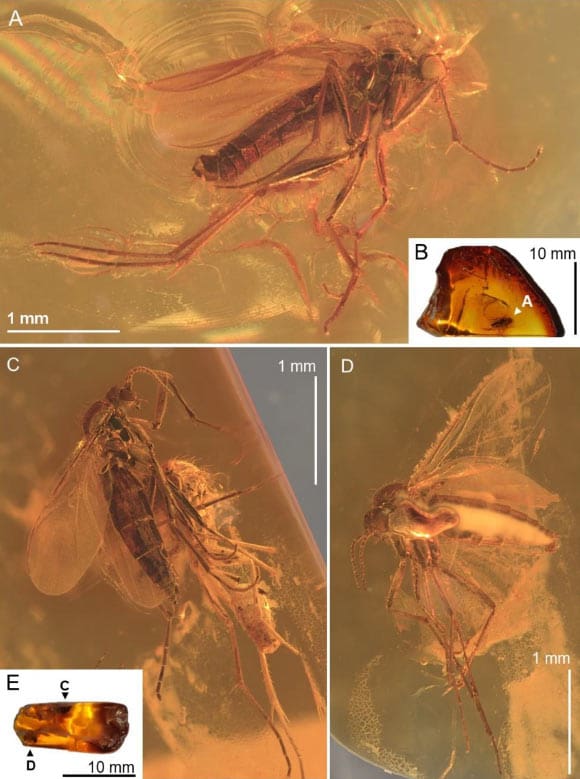Until now, the fungus gnat genus Robsonomyia was represented by two living species: Robsonomyia reducta from North America and Robsonomyia sciaraeformis from Asia. Paleontologists have now found two new fossil species of Robsonomyia — named Robsonomyia baltica and Robsonomyia henningseni — in a piece of Baltic amber.

Support authors and subscribe to content
This is premium stuff. Subscribe to read the entire article.
Login if you have purchased
